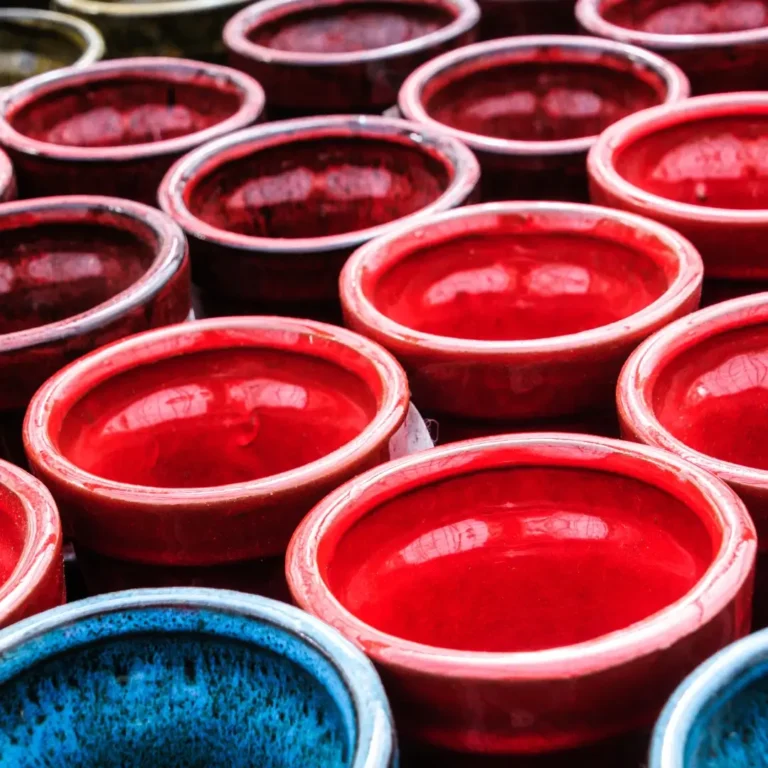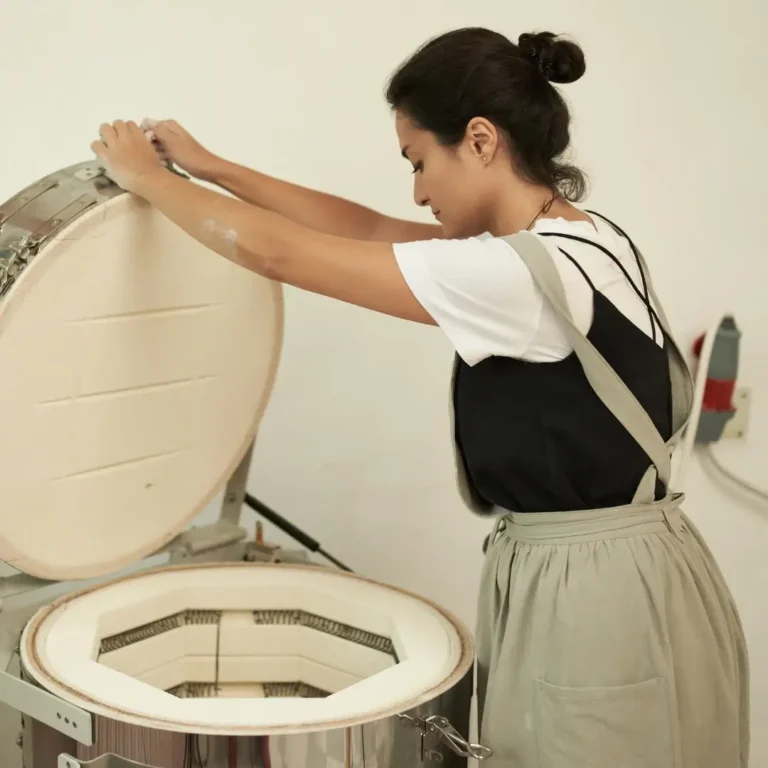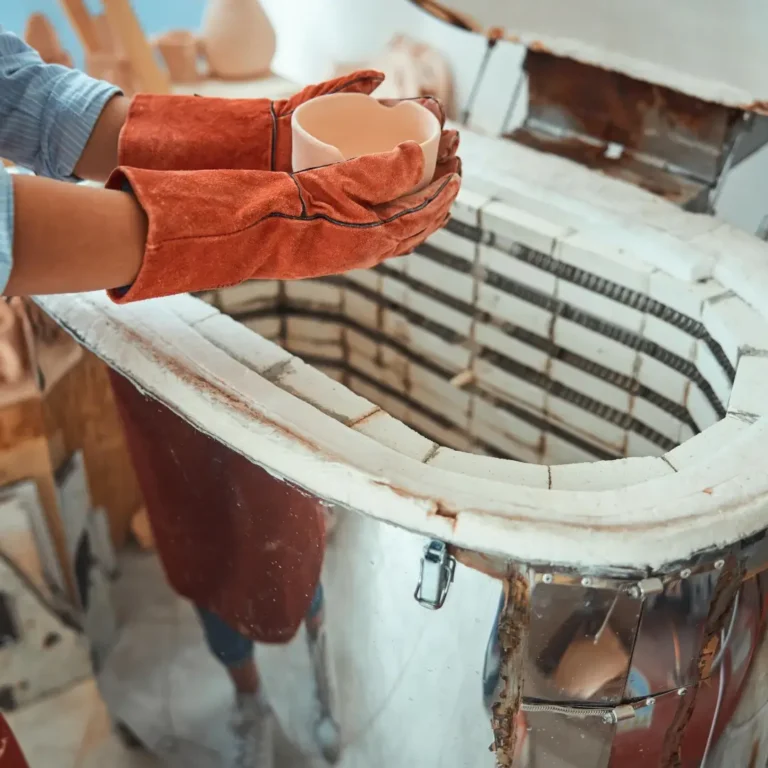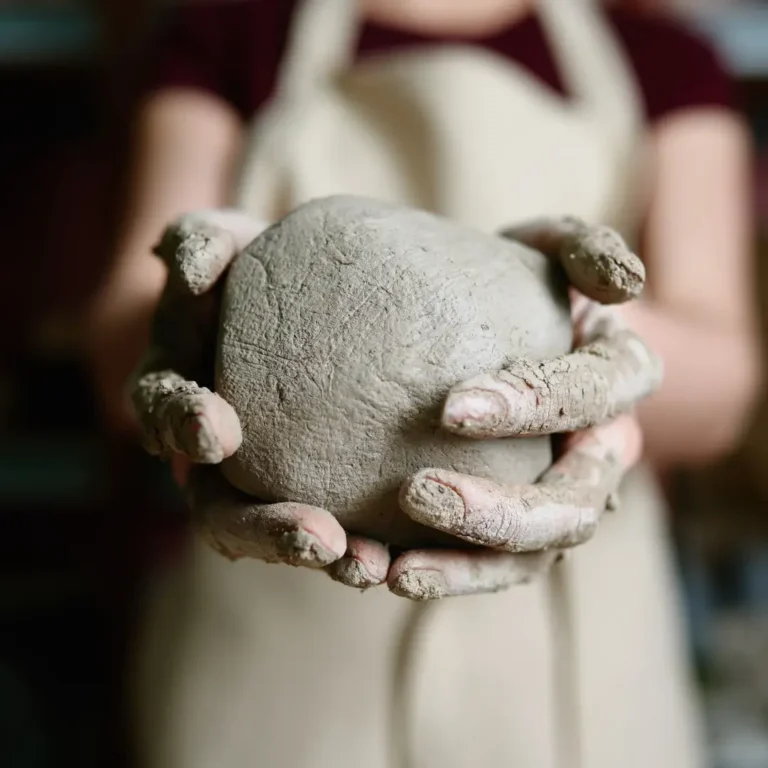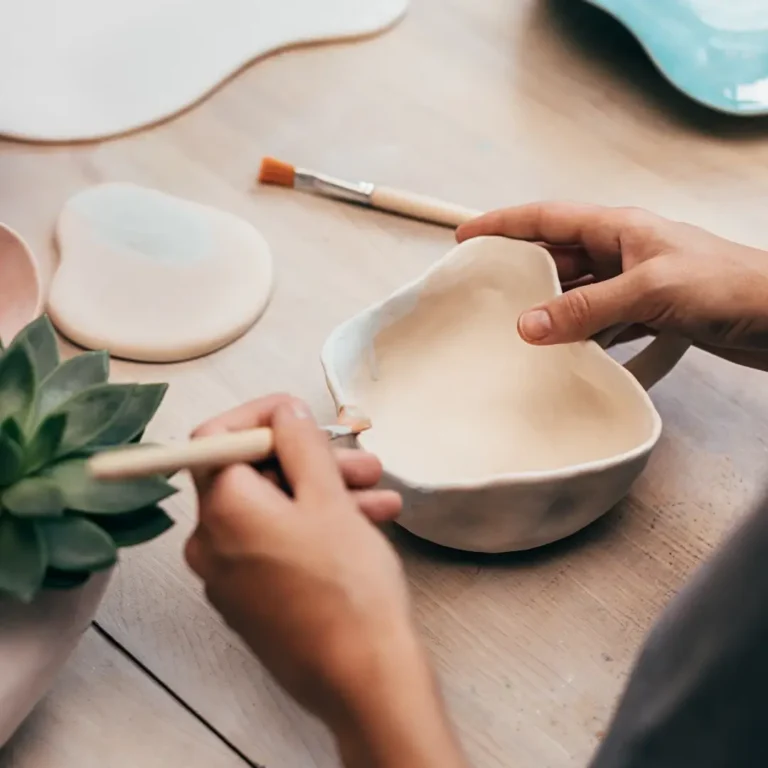Chinese ceramics, you will be fascinated by its history.
Welcome to the fascinating world of Chinese ceramics.
Have you ever wondered about the history and artistry of the delicate porcelain pieces displayed in museums and homes around the world?
Did you know that the Chinese were the inventors of porcelain, a type of ceramic material known for its translucency and strength?
How did ancient artisans achieve such intricate designs and vivid colors in their ceramics?
What role did their craftsmanship play in trade and diplomacy throughout history?
These are just a few of the questions we will explore in this article, as we delve into the rich history and cultural significance of Chinese ceramics. From the earliest examples of pottery, to the rise of the Song dynasty kilns, to the export of porcelain to Europe during the Ming and Qing dynasties.
Discover the stories behind some of the most beautiful examples of Chinese ceramic art.
Let’s begin our journey.

Table of Contents
The beginning of ancient Chinese ceramics
The oldest remains found belong to the Xiarendong site, which dates back to 20,000 BC. This cave is located south of the Yangtze River and contains a huge inner room with a small entrance where some pottery fragments belonging to vessels were found.
These vessels could have a size of 20 cm. and a flat surface, but some have identical striations, probably due to smoothing with plants.
Many fragments reveal traces of melting on their exterior surface, possibly indicating their use in the cooking area. The marks are like those produced in open fires, at reduced temperatures.
This molded clay was a coarse earth hardened by fire, not unlike objects generated by other Paleolithic populations around the world.
Pre-Yangshao cultures (5500-4500 B.C.) generated many rustic ceramics, of various shapes, adjusted to various daily uses, some embellished with herringbone patterns or with lines in small relief, repeated on the outer surface.
String prints were also used, as was done everywhere else in the world during that time, but also with the first paints in the history of Chinese porcelain, with brush and black pigments.
Painted designs can be simple shapes in the early periods, but much more elegant later, with geometries.
Later, the Majiayao culture (3800 – 2000 B.C.) produced large vessels decorated with essentially black geometric themes, strongly structured, with large, sufficient and broad strokes.
In one deposit, a nude female figure was found in low relief on the surface of a repainted vessel found in the Qinghai district. This makes it a special piece in the history of Chinese ceramics.

Advances in ceramic techniques
The firing of Chinese ceramics began in an open kiln, therefore in oxidation, which explains the reddish color of the first Yangshao ceramics.
During the Longshan culture, reduction firing appeared, resulting in ceramics with a gray body. Later, in the Shang dynasty, the same methods continued to be used, but these potters were familiar with kaolin and the white ceramics thus obtained at high temperature, up to 1,000°C.
The ancient Chinese pottery of the time were still porous and very fragile. Then they improved the operation of their kilns, until they obtained an authentic stoneware, still of very coarse workmanship.
The Zhou dynasty brought a number of innovations, of which one of the most significant is the manufacture of bricks and tiles.
Later, another important innovation was the discovery of lead glazes, as well as adding copper oxide to achieve a slightly bluish green glaze. We are still in the B.C. period, which shows how advanced ancient Chinese ceramics were already.

Terracotta warriors
In the Qin dynasty (221-206 B.C.), the immense army of terracotta warriors of Qin Shi Huang was created.
The Terracotta Army of Xian is a set of about eight thousand statues of terracotta soldiers and horses, representing the troops of Qin Shi Huang, the first emperor of China . They represent a form of funerary art, as they were buried in the tombs of the emperor’s mausoleum, near the city of Xi’an, This “buried army”, whose statues have a different face, was intended to protect the late emperor.
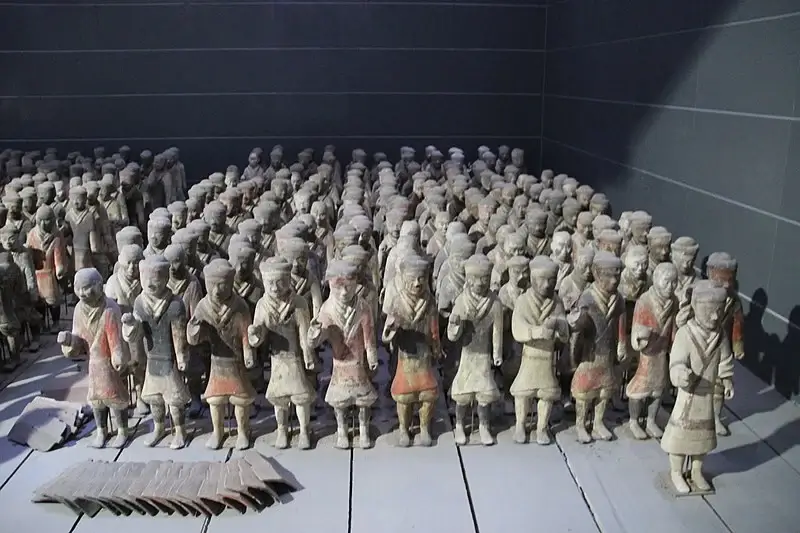
The rise of Chinese ceramics
This period is known for the discoveries made in tombs that yielded important archaeological material.
The Wei and Tang dynasties date from this period, until 917 AD.
The incredible funerary objects found
The research focused on the aristocratic tombsThese are subway burials, with a brick structure, organized around one or two burial chambers and accessible from the outside by a ramp access, closed at the entrance of the tomb by a slab.
The most common objects in the tombs of the elites are terracotta clay figurines, often representing warriors, either on foot, horsemen or archers, but also servants and entertainers, generally of foreign origin (from Central Asia), such as musicians, acrobats, dancers, squires, camel drivers, servants, sometimes animals, farmers.

This funerary sculpture of the watchtower features a lively entourage of hunters, musicians, dancers and domestic animals. The depiction provides a vivid image of the worldly enjoyment that will be perpetuated in the otherworldly realm of the afterlife.
A golden age of ceramics
With the opening to the outside world, with the Silk Road, and trade with Persia and all of Central Asia, Chinese ceramics began to be exported to distant areas including Egypt. This period saw the appearance of very different looking works using celadon and sancai techniques.
The sancai technique appears at the end of the 7th century and shows beautiful effects of flowing materials with three colors, brown, yellow and green.

The famous blue Chinese ceramics
This would come thanks to the use of cobalt oxide, Chinese pottery began to use a completely new style that would be very successful during the Yuan, Ming and Qing dynasties: blue and white pottery.
The first porcelains
As early as the 3rd century, silica sand was mixed with kaolin. This mixture, which was easier to work than pure kaolin, was fired at between 1050 and 1250°C. Porcelain was born.
This pottery developed and became more and more appreciated. One of the first mentions of porcelain by a foreigner was made by an Arab traveler in Tang China, who wrote: “They have in China a very fine clay from which they make vases that are transparent like glass; you can see the water through their walls.”
Chinese ceramics and porcelain would become increasingly popular.
The Song Dynasty
This period goes from 960 to 1279. The transparent green color is used, as in the famous Yaozhou celadons.
The pieces are decorated with designs depicting simple scenes of everyday life, all traced in iron brown on a white slip background. These drawings were made with a brush, reminiscent of ink work.
Song dynasty porcelains were recognized throughout the world for their classical beauty: simple and elegant forms, simple glaze, following the celadon model.
In contrast to the previous coloring, Chinese ceramics of the Song dynasty favored a sober aesthetic. These ceramics are, moreover, very often monochromatic, and decorative motifs, when present, remain very discreet.

Marco Polo and Kublai Khan
The Yuan dynasty of Mongolia, heir to Genghis Khan, reigned over China in a draconian manner. But, despite the harsh fate of the Chinese people, a certain artistic development was encouraged, and the exchange of ideas and economic exchange was promoted.
It was at this time, in the last third of the 13th century, when Marco Polo arrived at the court of Kublai Khan, whom he made a very good impression, “because he saw that he was judicious and of good bearing,” so he decided to take him into his service for a series of missions, one led to another, and so Marco Polo spent more than sixteen years in China, becoming governor of Yangzhou.
The famous Chinese dragon vases
At this time we see the appearance of “blue and white” vases whose decoration is made with a cobalt blue imported from the western Mongol Empire in the Middle East. The fantasy of the decorations contrasts with the sober style of Song Dynasty pottery.
If you have seen a Chinese vase with a dragon it probably dates back to the Yuan dynasty, when rich decorations inspired by nature appear on these vases, with flowers of all kinds and real or mythical animals, such as dragons and phoenixes. These decorations will have a worldwide success until today.
It turns to a blue pottery, due to an influence of Arab art, with an exuberant decoration. Jingdezhense establishes itself as the main center of porcelain production for the following centuries.

The Ming Dynasty
The Ming dynasty (1368 – 1644) is generally considered the golden age of Chinese blue and white porcelain.
Until the Ming dynasty, the blue color of ceramics came from cobalt imported exclusively from the Middle East. But, at the beginning of this dynasty, cobalt was discovered in China; it was a little different from Persian cobalt, because Chinese cobalt contains a little manganese and, consequently, gives a slightly less pure blue. Chinese potters then mixed Chinese cobalt with imported cobalt. The exact proportion of cobalt of Chinese origin made it possible to date the pieces from the Ming period quite accurately.

From the Qing Dynasty to the present day.
Under this dynasty, of Manchu origin, which began in 1644, techniques and decorations became increasingly elaborate, encouraged by the emperors.
Porcelains in green, then pink, “oxblood” and then western red tones appeared. Exports to Europe developed considerably.
Where does the fame of “blue Chinese ceramics” come from?
It was the Kangxi emperor who initiated the practice of giving ceramic objects as gifts to foreign rulers. In this way “blue and white” porcelain became increasingly famous. Then export developed, giving rise to the emergence of forms of manufacturing aimed at satisfying foreign demand.
Finally, in Europe, Chinese porcelains were replicated by achieving high firing temperatures and the use of kaolin, and pieces that previously could only be obtained through imports began to be manufactured locally.

Buy Chinese ceramics
In this gallery you will see fascinating works, many of which are made by contemporary artisans recreating the artistic techniques used in the different dynasties.




Chinese ceramic plates handmade by Artcollection

We hope you liked this post. It will help us if you share it on social media 👍
Note: This article contains links that lead to the artists’ stores outside of the Ceramicartis website. If you buy something from them, we will receive a small commission that will help us to continue our site and in turn continue to support those artists.
This of course does not affect the selling price.
Latest posts:
